Figures & data
Figure 1. Flies fed with Lactobacillus spp. GMNL-680 or GMNL-185 exhibit enhanced 3-minute olfactory memory.
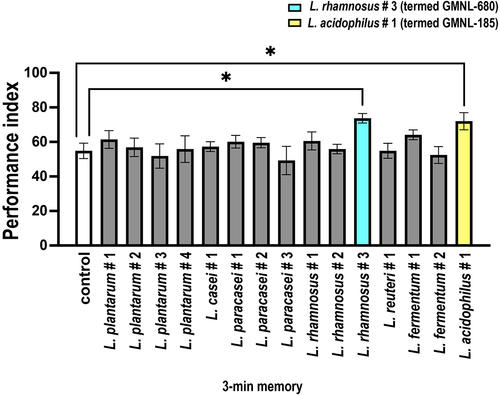
Figure 2. Live GMNL-185 and GMNL-680 strains in the fly digestive tracts after five days of feeding.

Figure 3. Flies with GMNL-185 and GMNL-680 mixed feeding showed synergistic effects on olfactory memory.
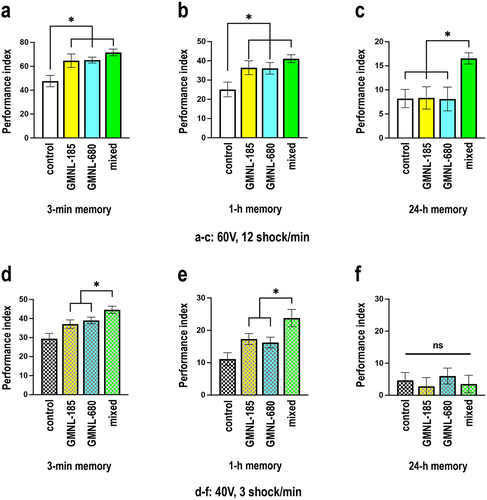
Figure 4. Flies with GMNL-185 and GMNL-680 mixed feeding showed increased calcium responses to training odor in the mushroom body β and γ lobes.
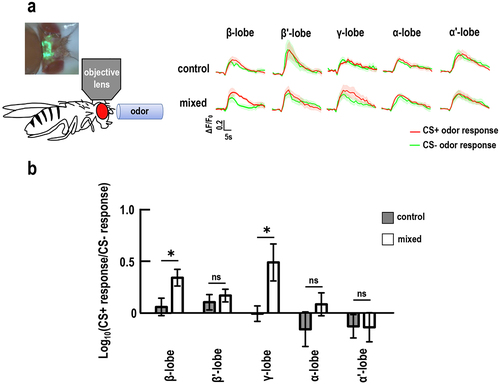
Figure 5. GMNL-185 and GMNL-680 mixed feeding flies showed an increased LDH level in the brain but not in the body.
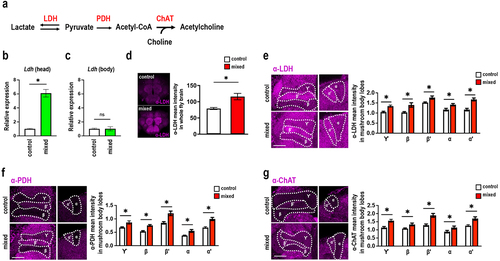
Figure 6. Pan-neuronal knockdown of Ldh impairs GMNL-185/GMNL-680 mixed-feeding-induced memory enhancement.
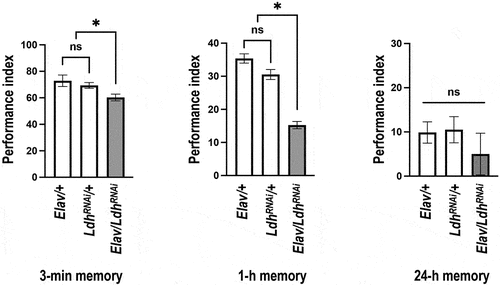
Figure 7. Ldh knockdown specifically in the mushroom body impairs GMNL-185/GMNL-680 mixed-feeding-induced memory enhancement.
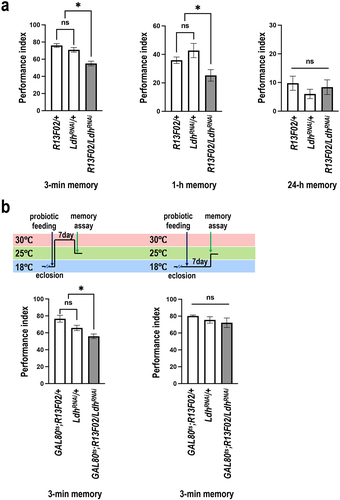
Figure 8. Ldh knockdown abolished the GMNL-185/GMNL-680 mixed-feeding-induced increased responses to training odor in the mushroom body β and γ lobes.
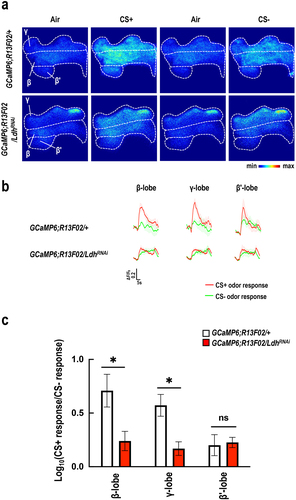
Figure 9. Proposed model showing the effect of GMNL-185/GMNL-680 mixed feeding on Drosophila memory.
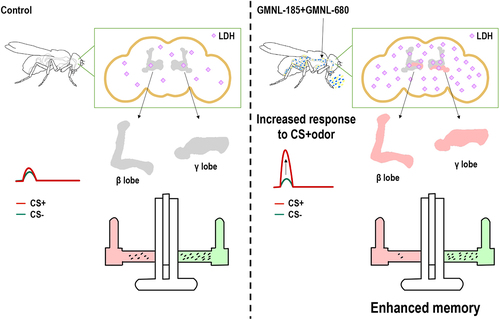
Supplemental Material
Download PDF (4.6 MB)Data availability statement
The authors confirm that the data supporting the findings of this study are available within the article and its Supplementary Material. The datasets generated for this study can be found in the https://reurl.cc/G4ANrG
